Increasing Health Consciousness
The rising awareness regarding health and wellness among consumers appears to be a pivotal driver for the Cassia Extract Market. As individuals increasingly seek natural remedies and dietary supplements, the demand for cassia extract, known for its potential health benefits, is likely to surge. This extract is often associated with anti-inflammatory and antioxidant properties, which may appeal to health-conscious consumers. Market data indicates that the herbal supplement sector has been experiencing a compound annual growth rate of approximately 7% over the past few years, suggesting a robust market for cassia extract as part of this trend. Consequently, the Cassia Extract Market is poised to benefit from this growing inclination towards natural health solutions.
Rising Popularity of Aromatherapy
The growing interest in aromatherapy and natural wellness practices is likely to bolster the Cassia Extract Market. Cassia extract is often used in essential oils and aromatherapy products due to its pleasant aroma and purported therapeutic properties. As consumers increasingly turn to holistic approaches for stress relief and relaxation, the demand for cassia-based products may rise. Industry expert's reveal that the aromatherapy market is expected to grow at a CAGR of around 8% over the next five years, indicating a favorable environment for the Cassia Extract Market. This trend suggests that manufacturers may increasingly incorporate cassia extract into their product lines to cater to the expanding wellness market.
Growing Interest in Organic Products
The increasing consumer preference for organic products is a notable driver for the Cassia Extract Market. As more individuals prioritize organic and sustainably sourced ingredients, cassia extract, often available in organic forms, is likely to see heightened demand. This shift is reflected in market data, which shows that the organic food market has been growing at a rate of approximately 10% annually. Such growth indicates a strong potential for the Cassia Extract Market to capitalize on this trend, as consumers seek out products that align with their values regarding health and environmental sustainability. Consequently, manufacturers may focus on sourcing organic cassia to meet this rising demand.
Expansion of the Food and Beverage Sector
The food and beverage sector's expansion is another significant driver for the Cassia Extract Market. As culinary trends evolve, there is a marked shift towards incorporating natural flavors and ingredients in food products. Cassia extract, often utilized as a flavoring agent, is gaining traction among manufacturers aiming to enhance the taste profile of their offerings. Recent market analysis indicates that The Cassia Extract is projected to reach USD 20 billion by 2026, with natural extracts like cassia playing a crucial role in this growth. This trend suggests that the Cassia Extract Market could see increased demand as food producers seek to align with consumer preferences for authenticity and naturalness.
Technological Advancements in Extraction Methods
Technological advancements in extraction methods are poised to enhance the efficiency and quality of cassia extract production, thereby driving the Cassia Extract Market. Innovations such as supercritical fluid extraction and cold pressing are likely to improve yield and preserve the bioactive compounds in cassia. These advancements not only increase the availability of high-quality cassia extract but also reduce production costs, making it more accessible to manufacturers. Market trends indicate that the extraction technology sector is evolving rapidly, with a projected growth rate of around 6% over the next few years. This suggests that the Cassia Extract Market could benefit from improved extraction techniques, leading to a more competitive landscape.


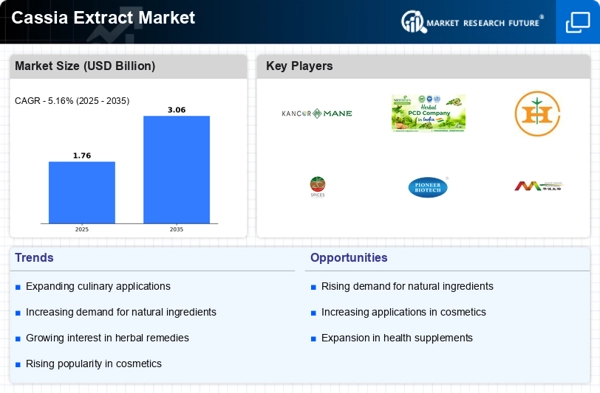
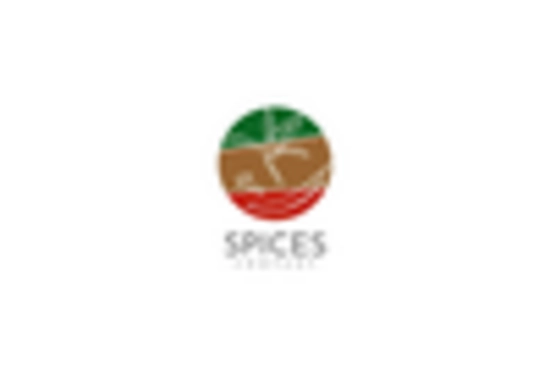
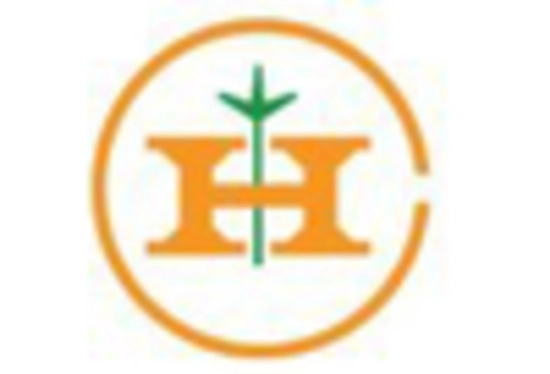
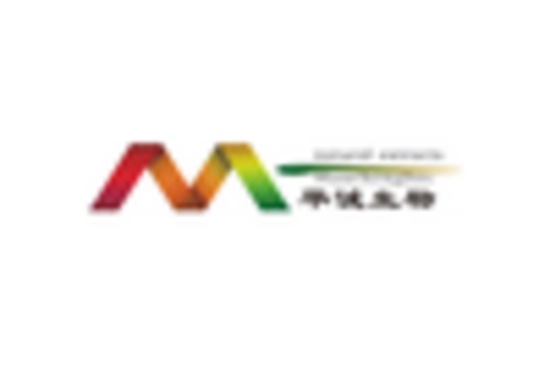
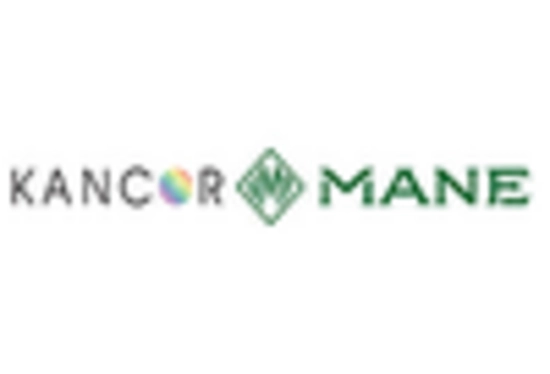
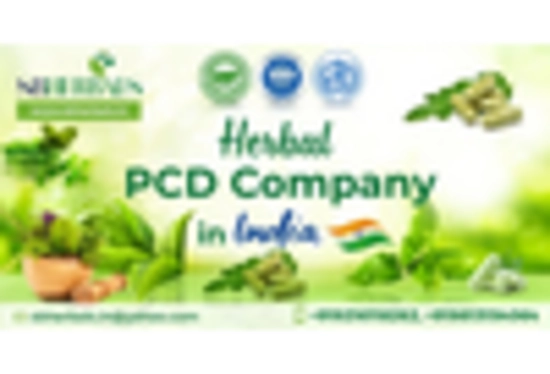
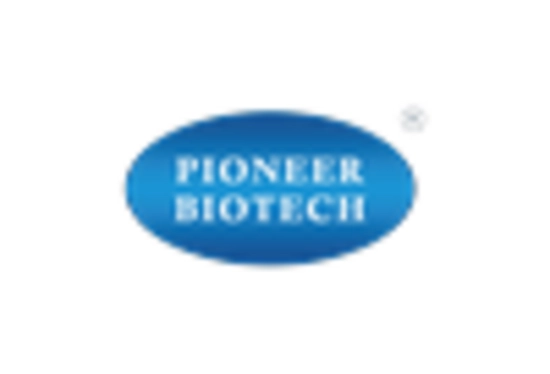








Leave a Comment